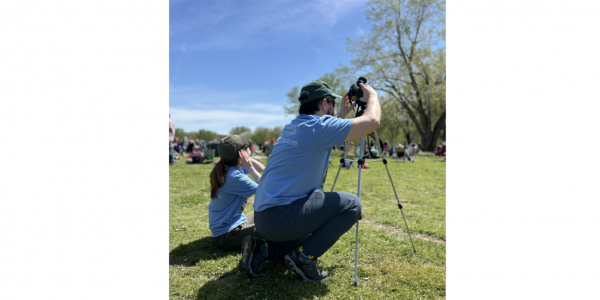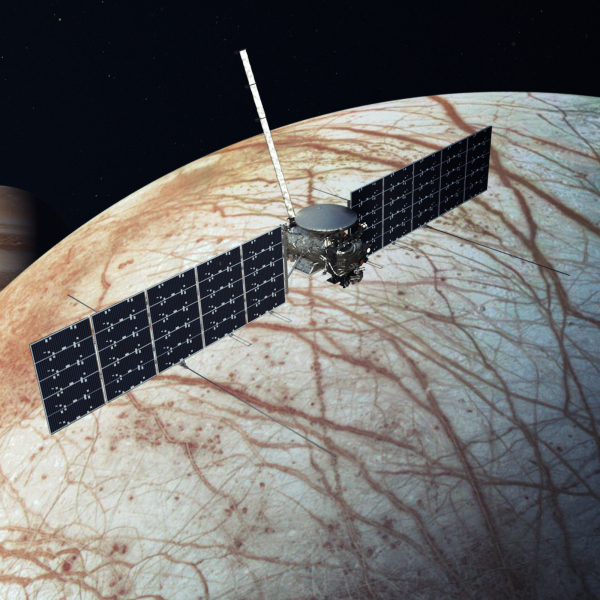DUNKLIN COUNTY, Mo. — As mid-day darkness covered the landscape Monday and the visible part of the sun was reduced to a sliver — immediately before and after eclipse totality swept across parts of the region — some viewers noticed a dazzling spectacle on the ground, in addition to the one overhead.
In the dim conditions, waves of faint light rapidly cascaded across the ground’s surface — similar to the way refracted light shimmers across sand in shallow water.
One science professor at Washington University had waited years for another chance to see the “undulating” waves of lights, known as “shadow bands” — even draping a white sheet across the ground at his viewing location in Bollinger County, trying to enhance their visibility.
“They’re really cool. ... They look like these dark and light waves,” said Mike Krawczynski, an associate professor of earth, environmental and planetary sciences at Washington University, who saw them during the 2017 eclipse that also immersed the region — and parts of St. Louis — in totality. “It took me by surprise in 2017.”
Krawczynski said that comparing shadow bands to how light appears in water is appropriate — especially because the same principles are at play, as light gets refracted in the atmosphere.
It’s also the same reason that stars can appear to “twinkle” in the night sky. The light from them is so miniscule and faint that it can appear distorted or interrupted, as it passes through the atmosphere’s air and moisture before reaching the eyes of earthbound viewers.
The sun is ordinarily far too bright for people to observe the same phenomenon — except for when total eclipses occur, and the sun’s light is fleetingly made faint enough, producing shadow bands.
“It starts to act more like a star and we notice the twinkling,” Krawczynski said.





